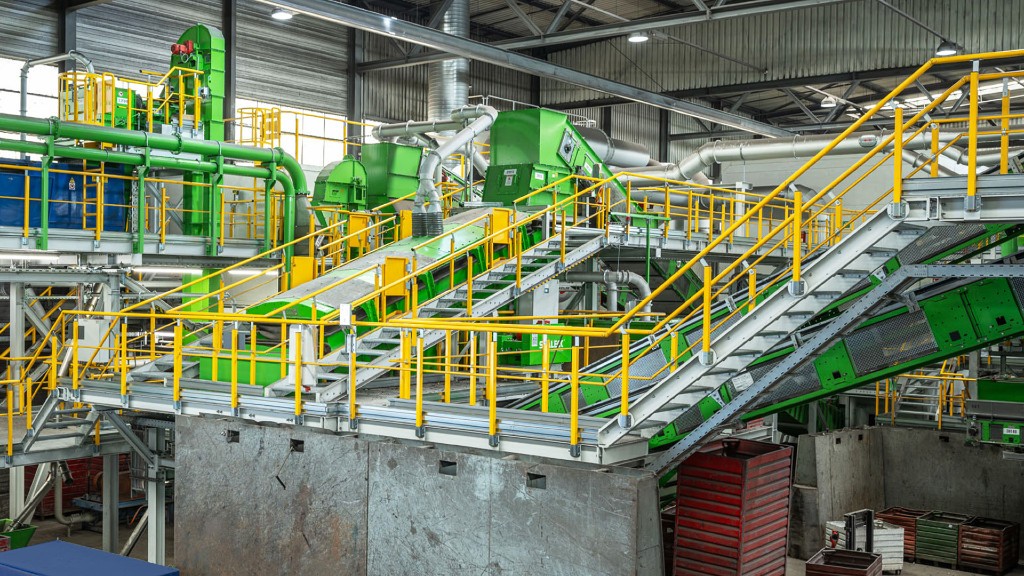Study uncovers high levels of previously unsuspected pollutants from electronics in homes and recycling plants
Scientists at Indiana University have found high levels of a previously unsuspected pollutant in homes, in an electronic waste recycling facility and in the natural environment, and have warned that people are likely to be exposed to this pollutant by breathing contaminated dust or through skin contact.
The chemical, tri(2,4-di-t-butylphenyl) phosphate or TDTBPP, is part of a family of organophosphates that are known to be toxic. However, little information is known about the toxicity of TDTBPP or how it gets into our environment. The chemical may be used as a flame retardant or as a plasticizer in consumer products. It may also be formed as other chemicals degrade. It may even be an impurity in a structurally related compound.
"We found surprisingly high levels of TDTBPP everywhere we looked," said Marta Venier, a scientist at the IU School of Public and Environmental Affairs and the first author of the study. "The fact that this potentially toxic chemical is so abundant, but was previously unknown, is another example of the ineffective management of chemicals in the United States."
Many common commercial chemicals, including TDTBPP, are not subject to regulatory scrutiny under the U.S. Toxic Substances Control Act unless they are used for new purposes, and much of the information about their commercial use is private. Therefore, it is difficult for environmental chemists to track how these pollutants enter the environment and what kind of effects they might cause once they do. Many chemicals go undetected until scientists perform a general environmental scan, like this study conducted by scientists at IU.
The researchers studied dust samples from an e-waste dismantling facility in Ontario, Canada. Chemicals similar to TDTBPP are often used in the production of plastics, wires, printed circuit boards and electronic equipment, making e-waste recycling facilities an important place to search for previously undetected pollutants.
The researchers also studied dust from 20 residential homes in Ontario and analyzed outdoor samples from southwestern Lake Michigan to measure the amounts of TDTBPP in ambient air, water and sediment. They found that levels of TDTBPP were particularly high in house dust.
"Our research is the first step," Venier said. "Now that we know that TDTBPP is prevalent, especially in homes, scientists can flag it for further study and focus on understanding the effects of TDTBPP on people."
The study, "Tri(2,4-di-t-butylphenyl) Phosphate: A Previously Unrecognized, Abundant, Ubiquitous Pollutant in the Built and Natural Environment," was published in Environmental Science & Technology. The authors were Venier, William Stubbings, Jiehong Guo, Kevin Romanak and Ronald A. Hites of Indiana University; Liisa Jantunen of Environment and Climate Change Canada; Lisa Melymuk of Masaryk University in the Czech Republic; and Linh V. Nguyen, Victoria Arrandale and Miriam L. Diamond of the University of Toronto. An April 2018 study by several of the same authors reported on the detection in the environment of a little-known chemical, called TTBP-TAX, that is part of a new class of triazine-based "alternative" flame retardants. It was also published in Environmental Science & Technology.


